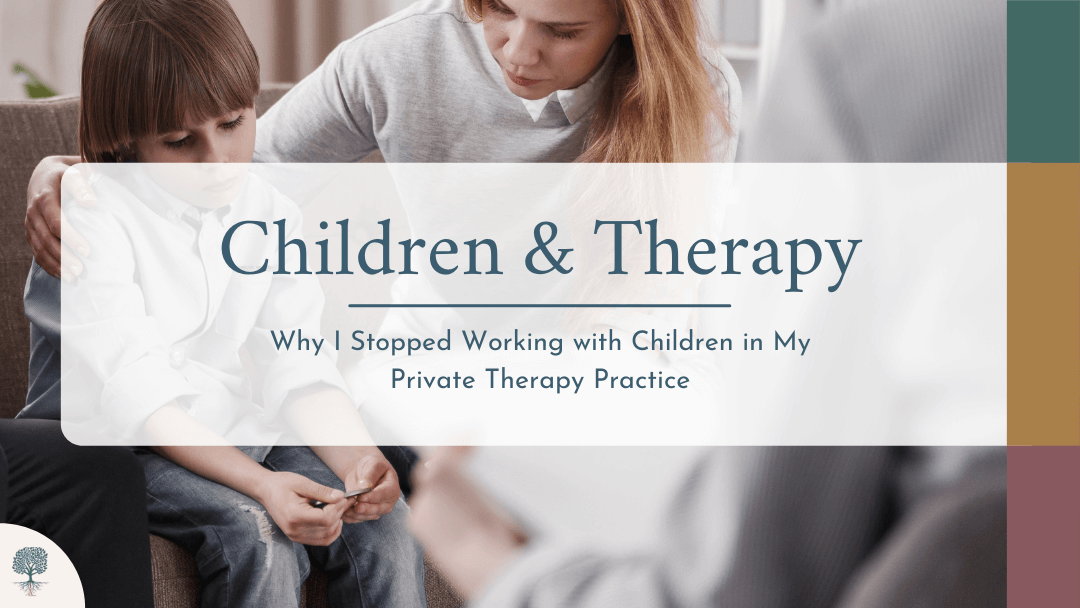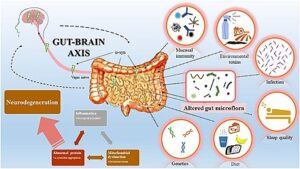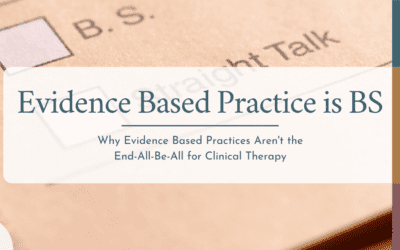
The Challenges of Working with Children
Early in my career, I aspired to be a therapist who could help anyone, regardless of their age or circumstances. However, as I gained more experience, I began to recognize my own strengths and limitations. A turning point came one Saturday when I found myself on the phone with a 14-year-old patient whose mother had kicked him out of the house in freezing temperatures. He called me, hoping I could pick him up and save him from the cold.
While I often take crisis calls from patients on weekends, this situation highlighted the unique challenges of working with children and adolescents. Unlike with adult patients, I couldn’t simply advise this teenager to leave an abusive environment or explore their resistance to change. My role as a mandated reporter meant I could alert authorities to the abuse, but I knew this would likely do little to alter the child’s day-to-day reality.
That Saturday, as I waited on the phone for the police to arrive, I made the difficult decision to stop working with children and adolescents. I realized that my feelings of helplessness in the face of their immediate suffering were too overwhelming.
The Importance of Reparenting
In my work with adult patients, I often employ psychodynamic techniques that involve temporarily acting as a parental figure. This process of reparenting aims to replace the critical or abusive inner voice that many patients have internalized from their early caregivers with a more compassionate and adaptive one [1].
A key aspect of reparenting is teaching patients that it’s okay – and even beneficial – to reach out for help. Many individuals who have experienced abuse or neglect have learned that their needs will not be met or that they are unworthy of support. By being available to patients in times of crisis, therapists can challenge these beliefs and demonstrate that asking for help can lead to positive outcomes.
While some therapists maintain strict boundaries around when and where therapy takes place, I believe that occasional crisis interventions can be a valuable part of the healing process. By showing up for patients in their moments of greatest need, we can help repair their ability to trust and rely on others.
The Limitations of Change
In talking with a colleague who specializes in child and adolescent therapy, I gained a new perspective on the limitations we face as therapists. While I felt powerless to work with children because I couldn’t put an immediate end to their abuse or neglect, my colleague felt equally helpless in working with adults whose wounds from childhood had already scarred over.
“I feel like I can’t do anything; it’s already too late,” he told me, with a wry smile. “I don’t know how you work with adults.”
His words struck a chord with me. We were both grappling with the boundaries of our ability to create change, but from opposite ends of the developmental spectrum. For me, providing therapy to adults was a way to help them heal from a past I couldn’t alter. For him, being present with children in the midst of their pain was a way to offer love and validation, even if he couldn’t singlehandedly transform their circumstances.
The Power of Presence
Ultimately, I believe that the power of psychotherapy lies not in our ability to fix every problem or erase every wound, but in our willingness to bear witness to another person’s pain. By creating a safe, non-judgmental space for patients to process their experiences and emotions, we offer them a corrective relational experience that can challenge long-held beliefs about their worth and lovability [2].
Whether we’re working with children in the throes of trauma or adults grappling with the ghosts of their past, our most important task as therapists is to be fully present. To listen deeply, to validate their feelings, and to convey that their suffering matters [3].
In the end, this is the gift that drew me to psychotherapy – the opportunity to sit with another human being in their darkest moments and offer the simple yet profound message: “You are not alone.” It’s a message that transcends age, a balm for wounds both fresh and long-festering.
And while we may not be able to change the past or guarantee a painless future, by showing up and bearing witness, we can help our patients find the strength and resilience to keep moving forward, one day at a time.
References
- Kohut, H. (1971). The Analysis of the Self. New York: International Universities Press.
- Winnicott, D. W. (1965). The Maturational Processes and the Facilitating Environment: Studies in the Theory of Emotional Development. New York: International Universities Press.
- Rogers, C. R. (1951). Client-Centered Therapy: Its Current Practice, Implications, and Theory. Boston: Houghton Mifflin.
Further Reading
- Herman, J. L. (1992). Trauma and Recovery: The Aftermath of Violence—from Domestic Abuse to Political Terror. New York: Basic Books.
- Miller, A. (1981). The Drama of the Gifted Child: The Search for the True Self. New York: Basic Books.
- Perry, B. D., & Szalavitz, M. (2006). The Boy Who Was Raised as a Dog: And Other Stories from a Child Psychiatrist’s Notebook. New York: Basic Books.
- Schore, A. N. (2003). Affect Dysregulation and Disorders of the Self. New York: W. W. Norton & Company.
- Van der Kolk, B. (2014). The Body Keeps the Score: Brain, Mind, and Body in the Healing of Trauma. New York: Viking.








0 Comments